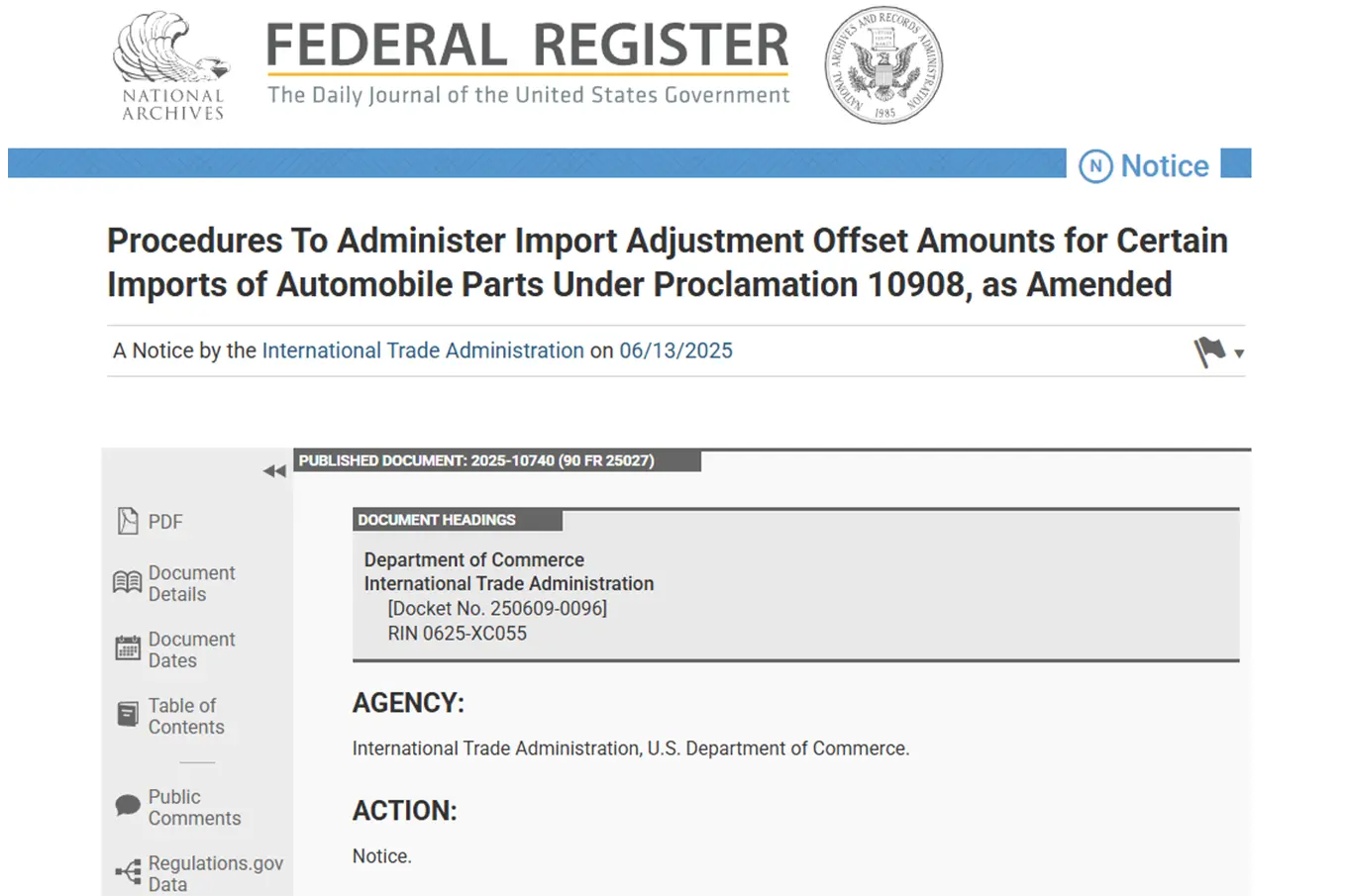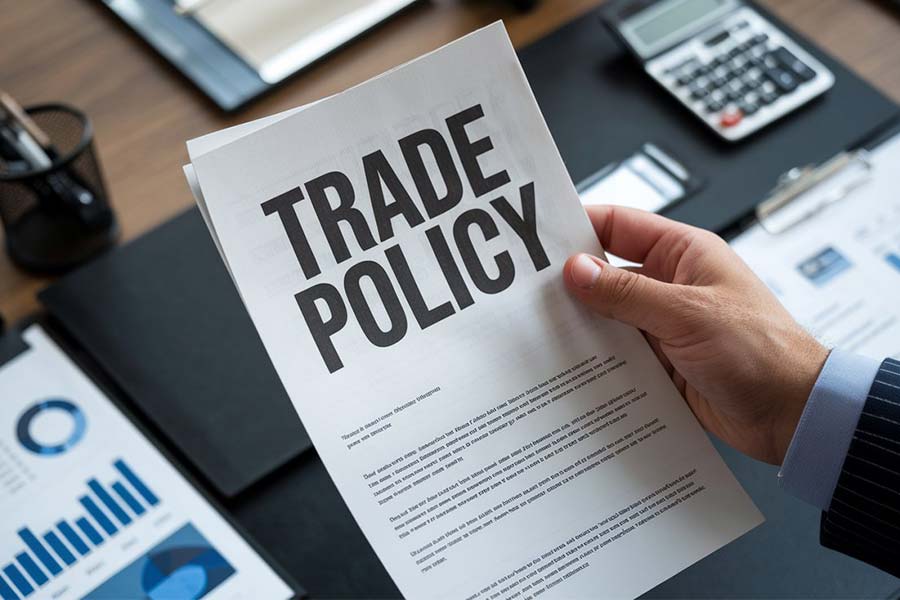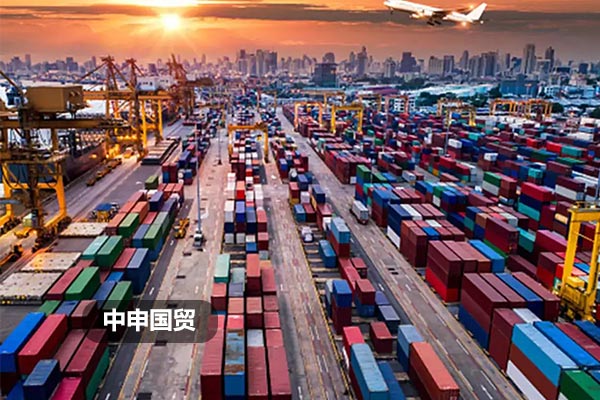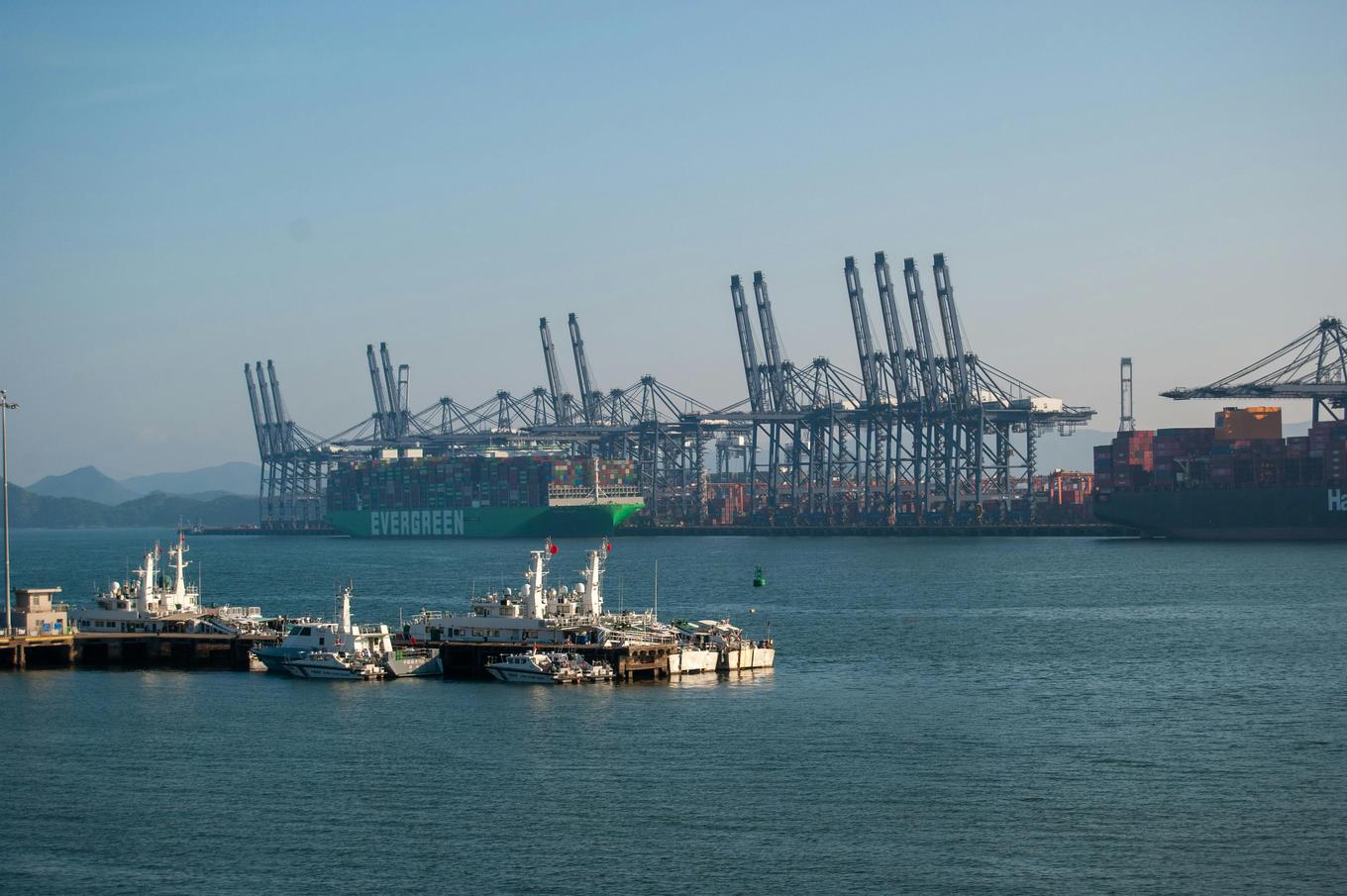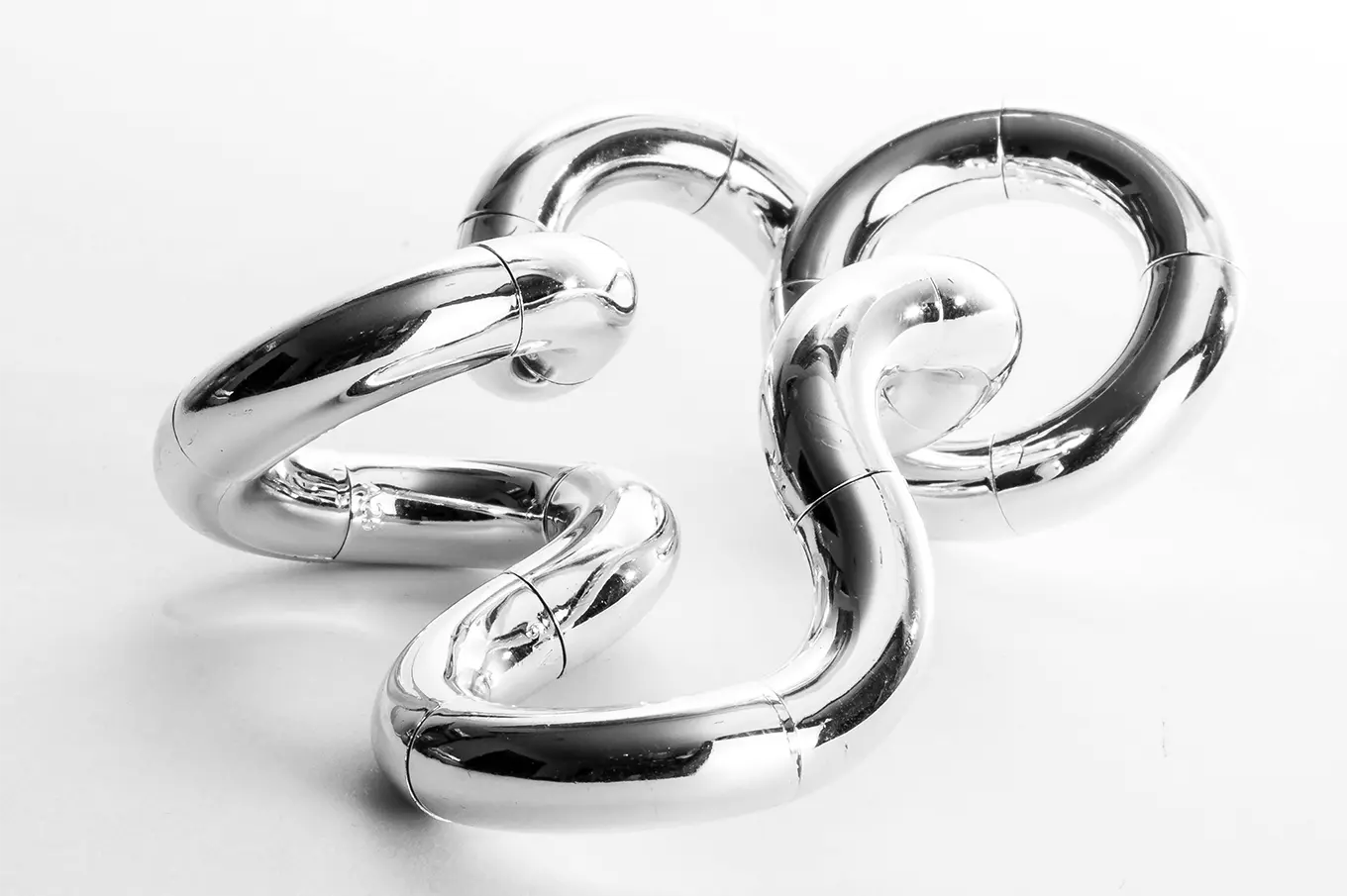- Shanghai Zhongshen International Trade Co., Ltd. - Two decades of trade agency expertise.
- Service Hotline: 139 1787 2118
When exporting passive components (such as resistors, capacitors, inductors, etc.) to the Russian market, a series of regulations and standards must be followed to ensure compliance with local technical requirements and laws. This article will introduce the relevant requirements and considerations for exporting passive components to Russia, helping you avoid potential risks and successfully enter the Russian market.
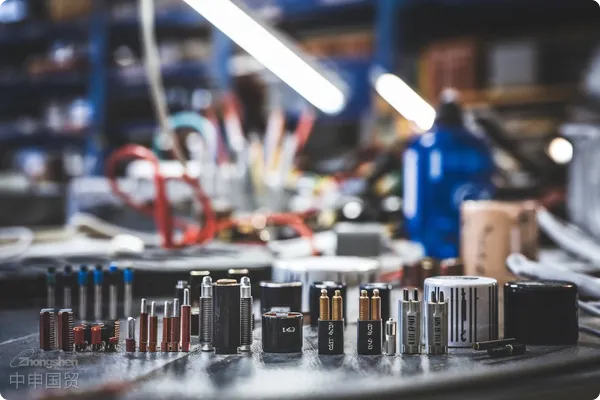
Customs Classification of Passive Components
The specific classification of passive components is typically based on their type, function, and intended use. Below are some common customs classification codes for passive components:
- Resistors
- HS Code:
- 8533.10: Fixed resistors, primarily used for current limiting or voltage division.
- 8533.21: Variable resistors (power not exceeding 20 watts), including potentiometers and regulators.
- 8533.29: Other variable resistors, including potentiometers and sliding rheostats.
- 8533.40: Parts of resistors.
- Laptop Computer: Resistors are used for current control and voltage regulation in circuits, suitable for various electronic devices.
- HS Code:
- Capacitors
- HS Code:
- 8532.10: Fixed capacitors for 50/60 Hz circuits, with a rated reactive power of at least 0.5 kvar (power capacitors).
- 8532.22: Aluminum electrolytic fixed capacitors.
- 8532.24: Ceramic dielectric fixed capacitors.
- 8532.25: Plastic dielectric fixed capacitors.
- 8532.29: Other fixed capacitors.
- 8532.30: Variable or adjustable (trimming) capacitors.
- 8532.90: Parts of capacitors.
- Laptop Computer: Capacitors are used for energy storage and filtering in circuits, suitable for various electronic and power applications.
- HS Code:
- Inductors
- HS Code: 8504.50
- Laptop Computer: Inductors are used for electromagnetic energy storage and current filtering in circuits, suitable for various electronic devices, including coils, inductive components, and chokes.
Accurate product classification is crucial for the smooth customs clearance of passive components, as incorrect classification may lead to delays or additional tariff costs.
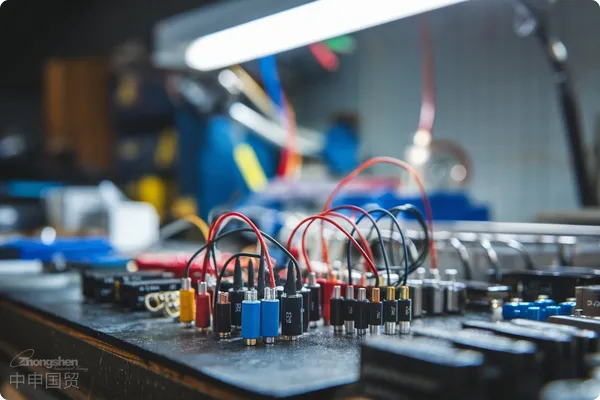
II.Compulsory certificationCompliance Requirements
Complies with Russian technical regulations (EAC certification) Exporting passive components to Russia typically requires obtaining EAC certification from the Eurasian Economic Union (EAEU). EAC certification is a mandatory quality certification recognized by Russia and neighboring countries, ensuring products meet local technical standards and safety requirements.
- Electrical Safety and Compatibility RequirementsPassive components must meet electrical safety and electromagnetic compatibility (EMC) requirements to ensure reliability and safety in various applications.
- Environmental StandardsProducts must comply with environmental requirements, such as material composition not exceeding specified limits for hazardous substances.
Document preparation and customs procedures
- Commercial invoice and packing listCommercial invoices and packing lists must be provided, detailing the specifications, quantity, unit price, and total value of passive components.
- Declaration of Conformity (DoC)Passive components exported to Russia require a Declaration of Conformity to demonstrate compliance with relevant technical regulations.
- It is recommended to verify through the following methods:CertificateHelps in obtaining applicable tariff reductions or preferential policies during customs clearance.
Customs procedures and tariffs
- Customs Declaration AgentIt is advisable to hire a professional customs broker to ensure accurate document preparation and smooth customs clearance. Customs brokers can review all required documents to minimize errors.
- Customs Duties and Value-Added Tax (VAT)Passive components typically have low tariff rates but are subject to a 20% Value-Added Tax (VAT).
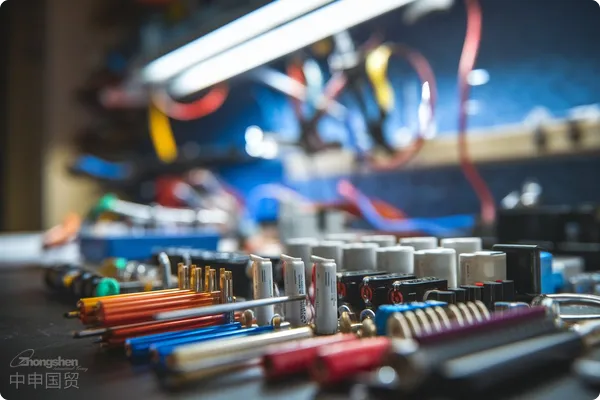
III.Export RepresentationRole
Export agents play a crucial role in the export process of passive components, especially in handling complex compliance and logistics. Below are key services export agents can provide:
- International Trade Consultation and Quotation Export agents can provide market intelligence and assist in formulating competitive pricing strategies to ensure product competitiveness.
- Export Contract Signing and Documentation Preparation The agent signs the Export Contract for Foreign Trade Goods with foreign buyers and prepares export documents (e.g., proforma invoice and commercial invoice) to ensure compliance with customs andforeign traderequirements.FX Settlement AgencyEAC Certification and Export Approval Procedures
- The agent assists in obtaining EAC certification and export approvals to ensure passive components comply with Russian technical regulations and export policies. The agent prepares complete customs documentation for submission to Russian customs and facilitates clearance to ensure compliance with Russian import regulations.
- Export ClearanceCustoms Clearance Logistics Arrangements and Settlement
- The agent handles booking, transportation, and insurance arrangements to ensure safe delivery to Russia. Additionally, the agent processes foreign exchange settlement and verification upon payment receipt. Certification and Classification
IV. Precautions
- Ensure accurate certification and classification of passive components to avoid customs clearance issues. EAC certification is critical for entering the Russian market and must be obtained in advance.Sanctions and Export Controls
- Due to international sanctions on Russia, export control policies must be carefully reviewed to ensure products are not on restricted lists.Product Labeling and Compliance
- Labels for passive components must comply with Russian requirements, clearly displaying product name, manufacturer, specifications, etc., in Russian.Exporting passive components to Russia involves customs classification, certification, and clearance. Accurate classification and compliant documentation are essential for smooth market entry. Leveraging export agents helps navigate complexities and mitigate compliance risks. This guide aims to provide valuable insights for your export business, boosting confidence in the Russian market and supporting international growth.
Conclusion
Exporting Passive Components to Russia? Avoid High Tariffs and Compliance Pitfalls!
Related Recommendations
? 2025. All Rights Reserved. Shanghai ICP No. 2023007705-2  PSB Record: Shanghai No.31011502009912
PSB Record: Shanghai No.31011502009912
